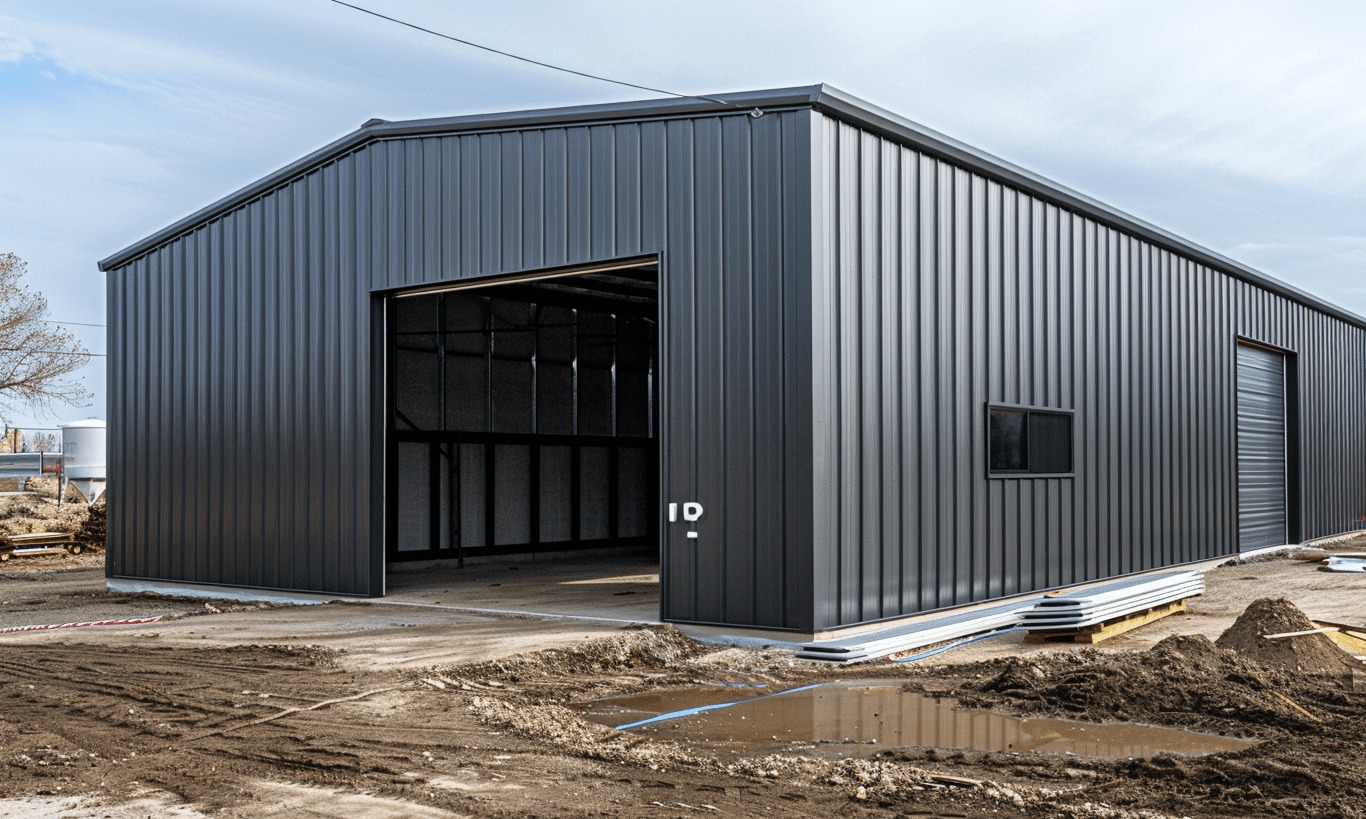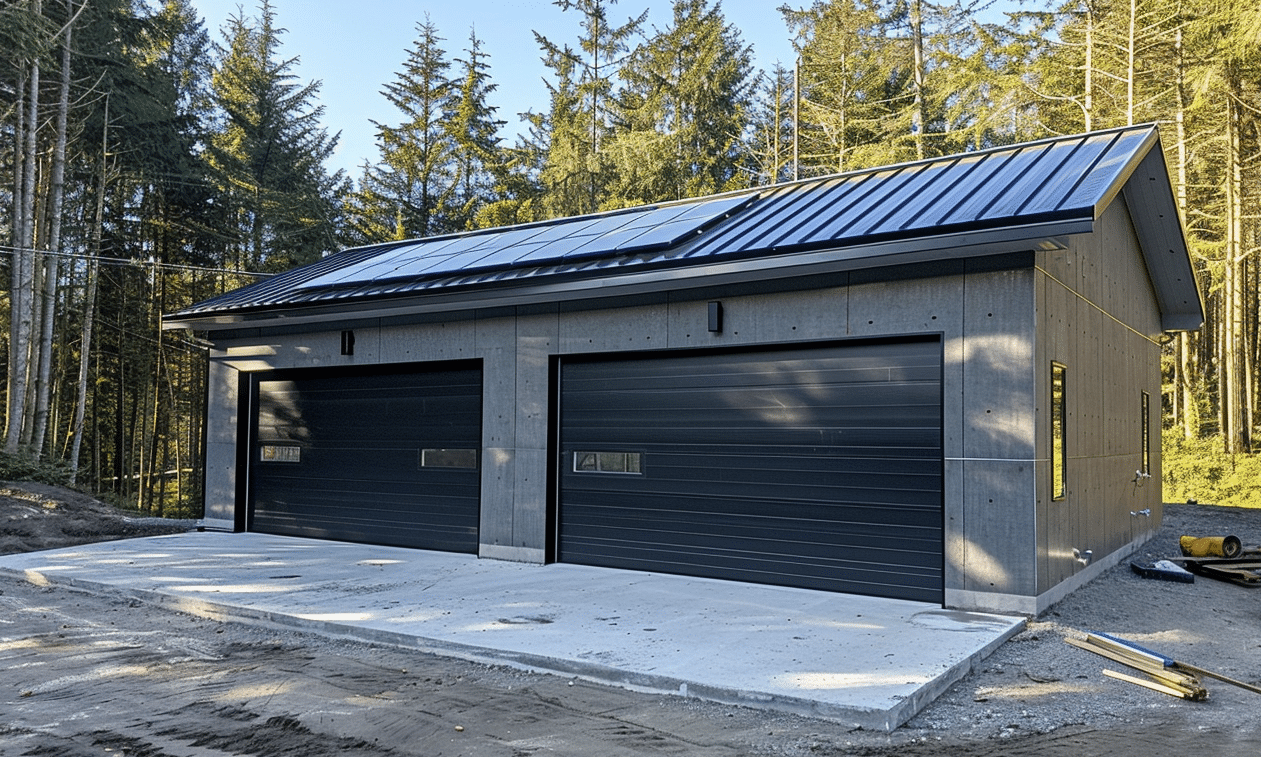The construction industry is dynamic, constantly evolving to meet the demands of an ever-changing world. In today’s fast-paced environment, understanding emerging construction industry trends is essential for businesses and stakeholders to stay ahead of the curve. But what does the future hold for the construction landscape? Let’s dive deeper into what’s ahead for this essential sector and how it can impact businesses and communities alike.
Technological Innovations Reshaping the Construction Landscape
In recent years, the construction industry has witnessed a tech revolution, integrating advanced technologies to enhance efficiency and sustainability. Technology is more than just a buzzword—it’s shaping the future of how we build and manage structures. Imagine a world where 3D printing, drones, and artificial intelligence (AI) work in harmony to streamline construction processes. Welcome to the new era of construction!
A key player driving this transformation is the adoption of emerging technologies. These advancements range from Building Information Modeling (BIM) providing digital representations of physical structures to autonomous vehicles and robots improving on-site safety and productivity. The construction industry is no stranger to innovation, but the pace and scale of technological development are unprecedented.
Spotlight on Sustainability and Green Construction
Sustainability is not merely a trend—it’s becoming a fundamental aspect of construction. With growing environmental consciousness, the importance of eco-friendly building practices cannot be overstated. The construction industry is making strides toward reducing its carbon footprint by adopting sustainable materials and energy-efficient designs.
Green construction methods such as using recycled or renewable resources, implementing energy-saving technologies, and constructing energy-efficient buildings are gaining traction. As regulatory standards tighten and consumer demand for sustainable structures rises, the market for green buildings is set to expand rapidly.

Digitalization: The Backbone of Modern Construction
Imagine managing an entire project from your smartphone! The digital transformation of the construction industry has paved the way for enhanced project management, cost tracking, and communication among stakeholders. Cloud-based platforms and software solutions are becoming mainstream, enabling real-time data sharing and decision-making.
The digitization of construction projects not only improves collaboration but also reduces human error, lowers costs, and speeds up timelines. It’s an age of unprecedented connectivity and innovation, driven by the adoption of cutting-edge software solutions designed specifically for construction professionals.
For those keen to stay updated with the latest industry happenings, keeping abreast of Industry News & Trends is crucial. Doing so allows stakeholders to adapt to shifts that occur due to technological, environmental, or socioeconomic factors.
Steel: The Unsung Hero of Modern Construction
Steel is not just about skyscrapers and industrial buildings. It’s increasingly being recognized for its versatility, durability, and sustainability. Modern construction embraces steel in various forms, from residential homes to commercial spaces.
Among these options is the popular 20×30 steel building kit, which exemplifies the practicality and efficiency of steel structures. These kits offer a cost-effective solution for constructing sturdy, long-lasting buildings while minimizing construction waste. The growing popularity of steel in construction is indicative of broader trends embracing resilience and adaptability in building practices.
The design possibilities with steel are endless, ensuring that it remains a prominent feature in construction’s future landscape. Furthermore, its recyclability aligns perfectly with the increasing demand for sustainable building practices.
The Role of Government Policies in Shaping Industry Trends
Governments worldwide are instrumental in directing the trajectory of the construction industry. Policies focused on sustainability, safety, and innovation offer robust frameworks for both public and private sectors. In Canada, the Government of Canada – Construction Industry Trends provides valuable insights on market forecasts, investment opportunities, and regulatory changes.
These policies not only influence industry trends but also ensure that the construction sector contributes positively to the nation’s economic growth. With a focus on improving infrastructure and adopting greener building practices, government initiatives offer both challenges and opportunities for industry stakeholders.
Future Outlook: Challenges and Opportunities
Despite the exciting innovations and trends, the construction industry also faces challenges that need addressing. From labor shortages and supply chain disruptions to regulatory compliance hurdles, the path ahead is not without obstacles. However, with challenges come opportunities for growth and innovation.
The ongoing global transitions and economic fluctuations affect the construction landscape, requiring a proactive and adaptive mindset. Keeping an eye on the latest Construction industry news roundup can aid industry professionals in making informed decisions and staying three steps ahead.
The ability to adapt to the ongoing technological, environmental, and market changes will define the industry leaders of tomorrow. Innovative approaches, strategic partnerships, and a keen focus on sustainability will remain key drivers of future success.

Conclusion: Embrace Change and Innovation
The construction industry stands on the verge of a transformation, with technology propelling it into a future of efficiency, sustainability, and innovation. Staying abreast of construction industry trends is vital for industry professionals, ensuring they adapt, compete, and succeed in an evolving market.
In a world where change is the only constant, embracing these new, ground-breaking trends will determine who leads the construction sector into its next chapter. From technological advancements to sustainable practices, the evolution of construction is a captivating journey worth watching closely. As we forge ahead, only one question remains: Are we ready to build the future?










